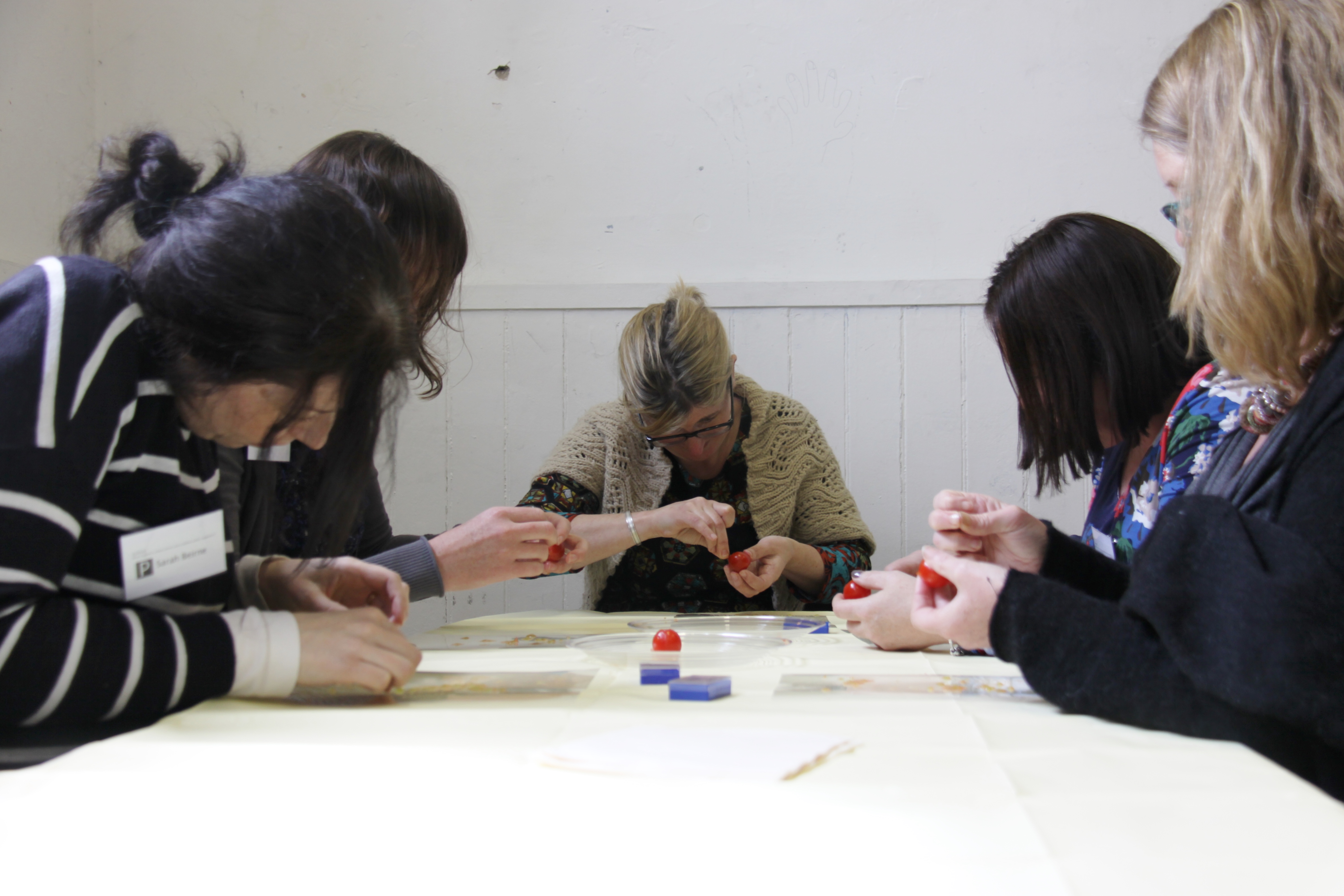
Seminar: ‘What happens when artists and children work together?’
The Model, Sligo, 1st May
Professionals from across a range of contexts and sectors were invited to attend this day, which presented an opportunity to engage with the ‘Practice’ exhibition, to take part in conversations and workshops and to consider the question ‘What happens when artists and children work together?’ In formulating our responses to this question, new questions emerged:
- How do we present this work within a contemporary gallery context?
- Why is it important to present this work professionally?
- How can we further explore the processes and approaches that underpin arts practice between artists and children?
- Where is the line between the artist’s work and the child’s work?
- How can we challenge perceptions of arts and learning through the creation and presentation of new work?


Responses to the exhibition and conversations with artists…
Gives insight into what happens when artists and children are given time… being allowed and given permission to have time. In the curriculum, there are just pockets of time… (Importance) of being brave enough to fight for time.
The notion of the ‘third space’ – flux in terms of relationship between artist and child; how does the teacher come into that? The teacher has their own role, and it’s about supporting the artist to be an artist.
Interested in the decisions around attributing the work. Are the children named as collaborators? How to acknowledge all art makers? The work reflects the different ways that children have been involved in the process.


Questions that arose during the seminar
Is there an educational aim?
Is there an analysis of outcomes? – what is our definition of ‘outcomes’?
Should we be challenging the notion of ‘outcome’? Through the process the children’s perception of what an artwork is… or how it should end up could be challenged… this in itself could be an outcome.
The notion of audience… Interested in the artists’ and the children’s experience of audience – the move from the private into the public space – how does that work for the makers and also for the audience?
The work has a longevity in the making – it could be challenging but also rewarding to have an audience for the work.
Marcella (participating tecaher) – “only when the children saw their work [in this context] did they realise how beautiful it was.”
Selection of the work – how to select?
Ann Donnelly: selecting only some of the work was brutal! But the publication provided a channel for all the children’s work to be presented.
What was the curation process like for the artists?
How to choose which part of the process to present?
Whose practice is it?
The balance of what you show and what you leave out… In their own practice, artists must select what to show and what to leave out. Some choose to show the mess and some don’t.
Change in how the children look at art making.
Should there be comments from the children within the space?
Were children involved in the selection of work for the exhibition?


Feedback
Thank you! I enjoyed the collaboration. Getting the contact time to meet and be creative with practitioners is rare and valuable.
Super to share thoughts and ideas, to collaboratively figure things out together is really helpful, not only to hear one’s own thoughts out loud, but to hear others and develop/ evolve thoughts together and figure out the next step
I have had an amazing day talking about the children’s work to other artists. It is just fantastic to know that our small school has been involved in something amazing. Everyone was so positive and encouraging.
Renewed conviction about the child’s right to self-expression and inquiry.
The loose framework of the day was very refreshing – allowing time for dialogue and developing a considered response. The opportunity to meet artists and discuss the projects was very valuable. The exhibition is a powerful representation and exploration of truly engaged approaches. Thank you for the space and time to interrogate ideas around collaborative art practices and working with children.

